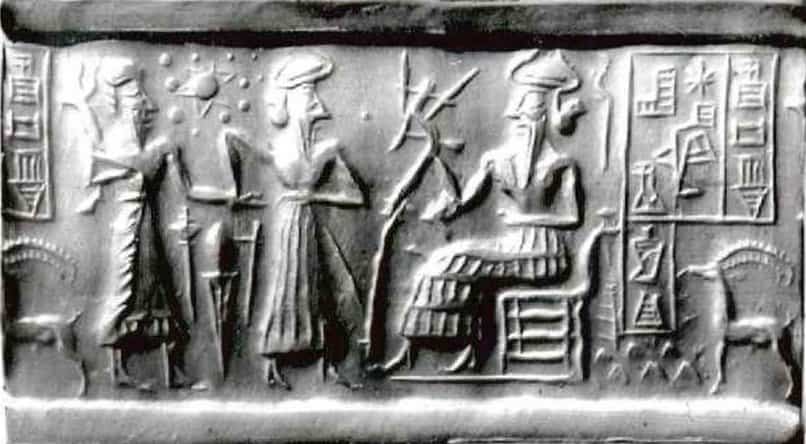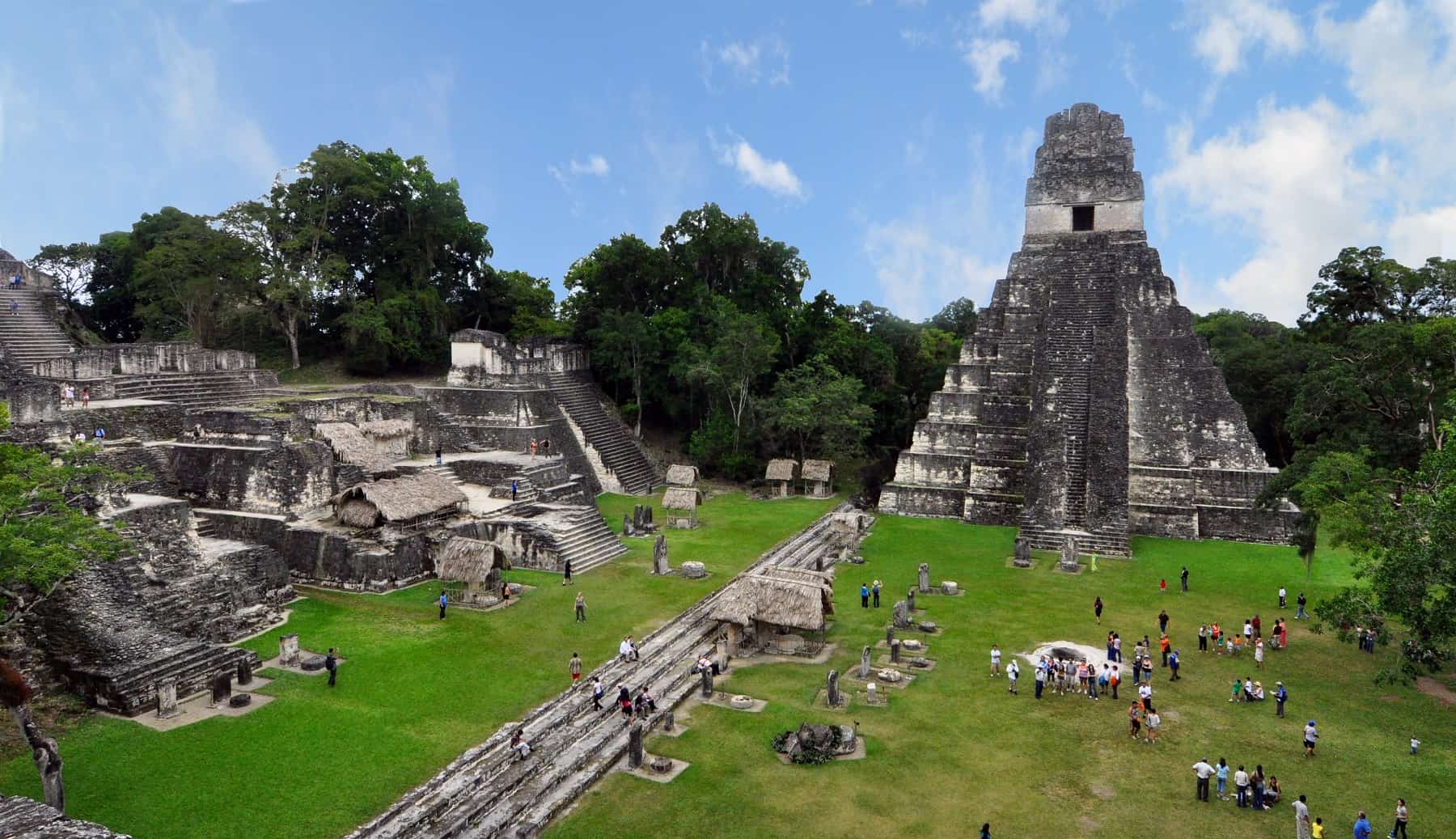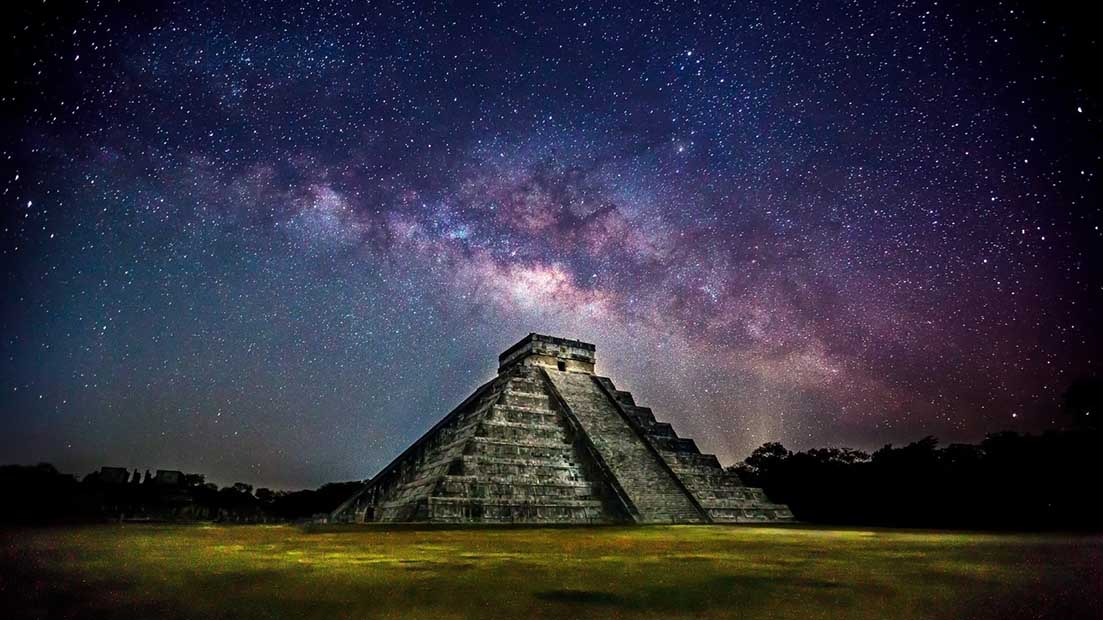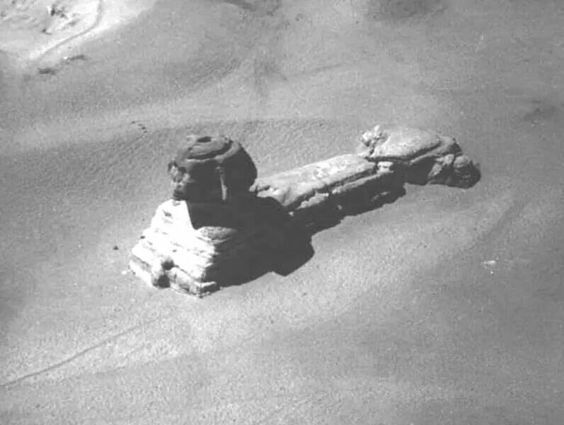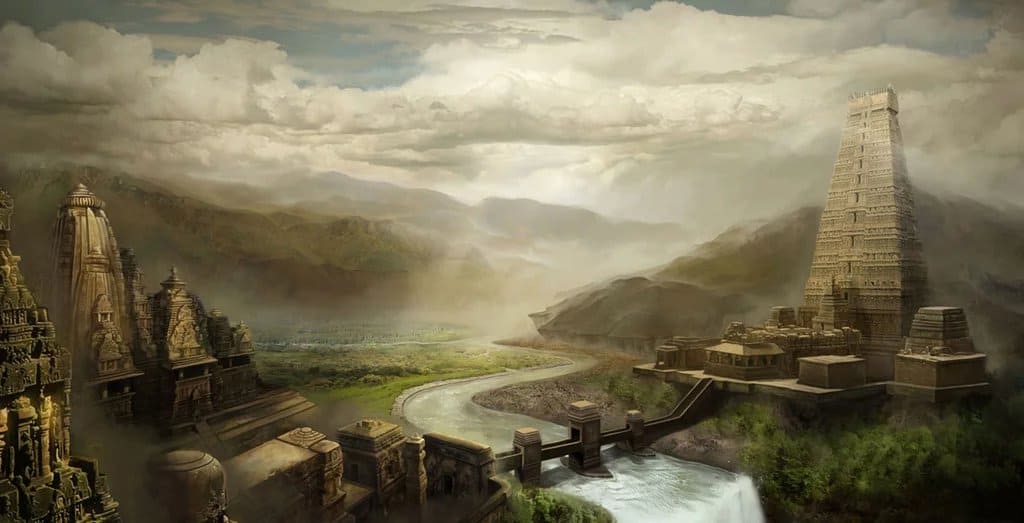
Tales of lost legendary cities, forgotten civilizations and incalculable riches left behind by a people long gone, are the perfect ingredients for explorers to set out and venture out into the unknown.
Since there have been accounts of written history, there have been accounts of lost cities and civilizations.
Thousands of years ago, in the work of Plato for example, we find writings that speak of mythical lands (Atlantis), once inhabited by advanced ancient civilizations that could even predate written history as we know it.
But Plato wasn’t the only one who wrote about lost civilizations and lost cities.
The same can be found in the Mahabharata and other ancient texts written by the ancient Hindu thousands of years ago.
Take Dvārakā for example. An ancient city said to have been built by a God and mentioned in some of the most sacred and ancient texts on Earth: Mahabharata, the Shrimad Bhagavad Gita, the Harivamsha as well as the Skanda Purana, and the Vishnu Purana.

Until recently, the very existence of the ancient city of Dvārakā was a matter of legends and myths. However, as we have learned from history, myths and legends are divided by a thin line from reality.
However, as we have learned, the cities ruins have been discovered 30 meters underwater, on what was once an island located on the western coast of India.
Another great example is the ancient city of Heraklion, discovered just off the coast of Egypt.
The city of Heracleion—not to be confused with the city of Heraklion which is the largest city and the administrative capital of the island of Crete—is another ancient city shrouded in myth. Thought to be a mythical city for hundreds of years, Heracleion was swallowed by the Mediterranean Sea, buried by sand and mud for a period of over 1,2000 years.
Lost (Legendary) Cities of America
When speaking about lost and legendary cities, we can’t avoid speaking about Cibola and its legendary seven cities of gold.
Cíbol is a legendary city full of riches, which during the colonial era was supposed to have been located somewhere in northern New Spain, in what is now northern Mexico and the southwestern United States.
The medieval legend of the Seven Cities originates with the invasion of the Moors to the Iberian Peninsula, where according to the story seven bishops left from there and then settled in land located to the west, crossing the sea, where each would have erected their own city.
The re-discovery of the American Continent and the rumors about the existence of large cities in the north of the continent led Fra Marcos de Niza to affirm, without any further foundation, that the legendary Seven Cities were hidden there, which eventually resulted in an intense search for the cities in the following years.
But what I just wrote above is a brief, quick, description of the alleged seven cities of gold.
However, the story behind the seven cities is greater then you’ve ever imagined.
In fact, the origins of the so-called seven cities of Gold can be traced back to the year 713.
Original legend describes Cibola as being one of the seven ancient cities of gold founded by seven bishops who supposedly fled from the Iberian peninsula when it fell into the hands of the Arabs.
In what many consider the original version of the story, the bishops were Portuguese who had escaped the city of Oporto and eventually settled on a distant island or land located somewhere to the west. This land was not accessible by foot, but could only be found by crossing the sea.
The legend expanded later on.
Eventually, the Spanish began popularizing another version of the legend, where the seven bishops were not Portuguese, but original Spanish bishops from the city of Mérida, who escaped in the year 713.
Nine years after these bishops supposedly escaped the Iberian peninsula, the process known as the reconquest would start, concluding in 1492, when the Catholic kings managed to expulse the Moors out of Granada, thus recovering total control over the Iberian Peninsula.
Curiously, the same year Christopher Columbus stumbles across America.
In 1507, thanks to the Universalis Cosmographia, edited by Martin Waldseemüller, America is finally acknowledged and identified as a new continent, separated from Asia.
Soon after, the discovery and conquest of the powerful Aztec Empire by Hernán Cortés demonstrates the existence of rich and advanced civilizations in the New World, which arouses the ambition of many Spanish conquerors.
What followed after the discovery of America wasn’t good for the natives. Soon after, Hernan Cortes would dominate the new world conquering the mighty Aztec Empire, and at the same time, revealing to the Old Continent that there were very powerful and extremely wealthy civilizations in the ‘New World.’
These stories, of unknown and wealthy civilizations in America, would soon wake the interest of explorers and conquerors who were eager to set foot on the American Continent, looking for infinite riches.
After the fall of the Mexica, more and more rumors began to circulate about the existence of rich and mighty empires to the north of the continent.
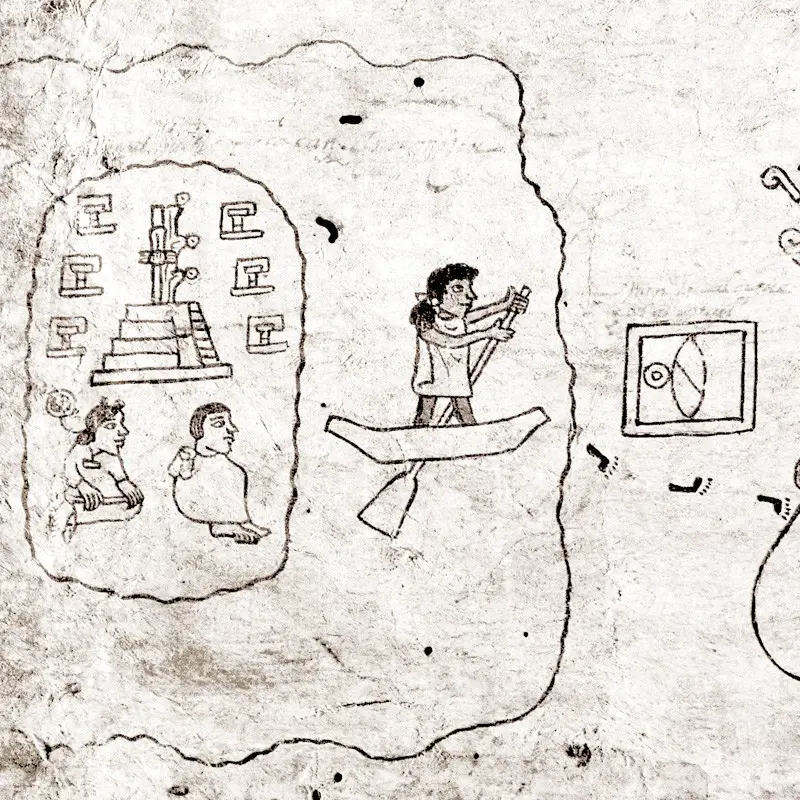
These stories were also fueled by the ancient Aztecs who had claimed that the gold used in their monuments came from the north, not to mention that their homeland, the mythical island of Aztlán (“place of whiteness” or “place of the herons”) was also located somewhere to the north.
These historical facts lead to the fusion of the medieval legend of the Seven Cities of Gold, with the history of the new world, when four castaways of the unsuccessful expedition of Panfilo de Narvaez to Florida (1528) began spreading a rumor in Mexico about the alleged existence of massive cities located north.
A man who had survived the shipwreck was a man called Álvar Núñez Cabeza de Vaca, who went on to write a book called La relación y comentarios (“The Account and Commentaries”), which in later editions was retitled Naufragios (“Shipwrecks”). You can read the book here.
The book was a narration of the long journey they survived from Florida to the coast of Sinaloa, eventually crossing the entire continent.
Another of the survivors of this expedition was a slave named Esteban, popularly known as Estebanico. Estebanico is always mentioned when we read about Cibola and the Seven Cities of Gold.
Eventually, as tales of massive ancient cities filled with gold became more popular in Spain, and in the New continent among the Spanis, the viceroy of New Spain, Antonio de Mendoza, decided to verify the veracity of the stories and legends and organized an expedition led by the Franciscan friar Marcos de Niza to search for said lost treasures.
Estebanico was once again part of the story. He would go on serving as a guide and on several occasions, he traveled ahead of the expeditionaries in order to inform the friar about everything that lay ahead of them.
In one occasion, he confirmed that he had heard rumors about great and powerful cities in a place called Vacapa.
Stories such as these fueled, even more, the expeditionaries who were hungry for gold.
Eventually, without having found the cities of gold, Estebanico was killed by the Native Americans in Háwikuha, New Mexico, which caused the expedition to come to a halt.
However, Fray Marcos de Niza was convinced that those prosperous cities and empires really existed and that they could not be anything else other than the fabulous Seven Cities that would have been established initially by those alleged Bishops who had fled from the Iberian peninsula after the invasion of the Moors.
This is how a fused and refreshed version, or better said American legend of the Seven Cities of Cíbola was born.
Marcos de Niza eventually returned to Mexico City saying that despite the death of Estebanico, he had continued his journey. He said that ultimately, he had witnessed with his own eyes, a city fat greater than the city of Tenochtitlan. There, in this majestic city, the natives were adorned with all sorts of riches: they used silver and fold dishes, decorating their houses and temples with never-before-seen pearls, emeralds, and jewels.
The story narrated by de Niza arrived to Viceroy Antonio de Mendoza who wasted no time and promptly organized a prominent military expedition to search for the city de Niza had seen, and take possession of those rich lands.
In command of this new expedition was a personal friend of the Viceroy, Francisco Vázquez de Coronado, who was guided by Marcos de Niza.
The expedition would soon come to an end, as the story was too good to be true.
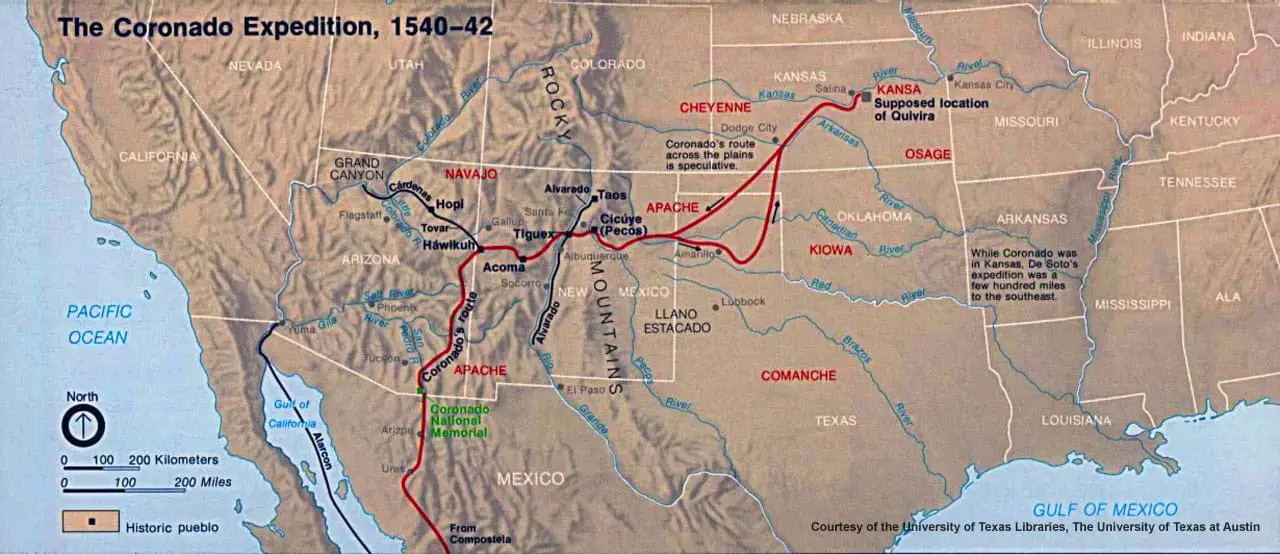
On April 22, 1540, Coronado left the town of Culiacán leading a small group of expeditionaries.
Eventually, Coronado crossed the current state of Sonora in Mexico and entering the state of Arizona and saw that the stories of de Niza were untrue.
Coronado and his expedition had traveled and searched, but never found the incalculable wealth of which the friar had spoken of. Coronado expeditions finished when he and his epeditionaries arrived at Hawikuh Pueblo, referred to by the chroniclers as Cevola, Tzibola, or Cibola. Upon arriving there, he discovered that de Niza’s stories were lies and that there were no treasures whatsoever there, as the friar had described previously.
Coronado also discovered that, contrary to the friar’s stories, the sea was not within view from that region, but was instead many days’ journey away.
Disappointed, Coronado occupied the region by force and built a forward base that would be used for future explorations.
The stories about the seven cities of gold were soon forgotten, and time washed away the gold fever that had taken over many Spanish explorers, conquistadores, friars, and kings…
Thank you for reading, I hope you enjoyed yet another article about a fascinating ancient legend. Stay tuned for more.
Copyright Ancient Code. Unless otherwise stated by Ancient Code, no Content published on www.ancient-code.com, www.ancient-code.es may be copied, distributed, published, rewritten or used in any way, in whole or in part, without prior written agreement from Ancient Code. That includes this article as well.

